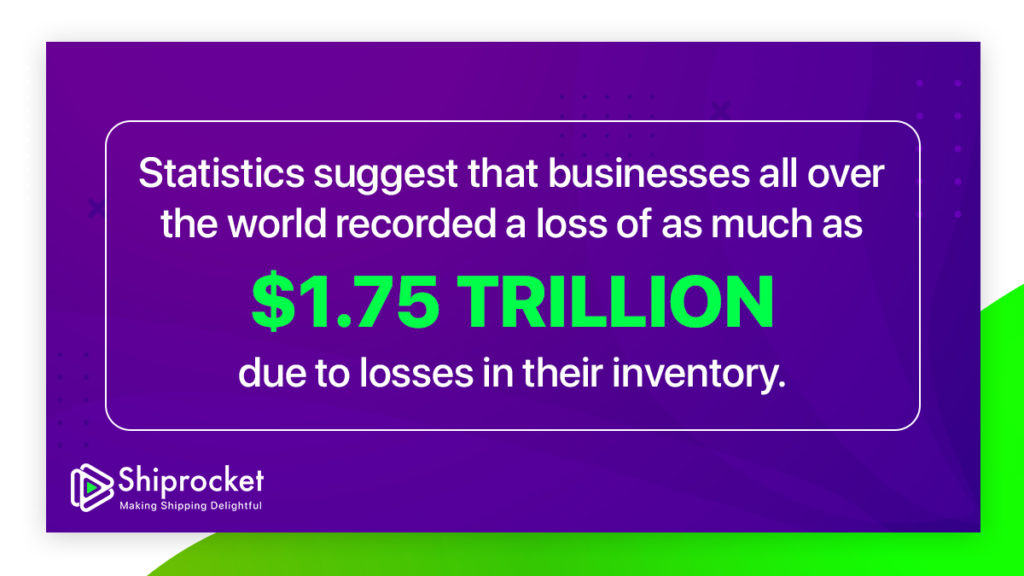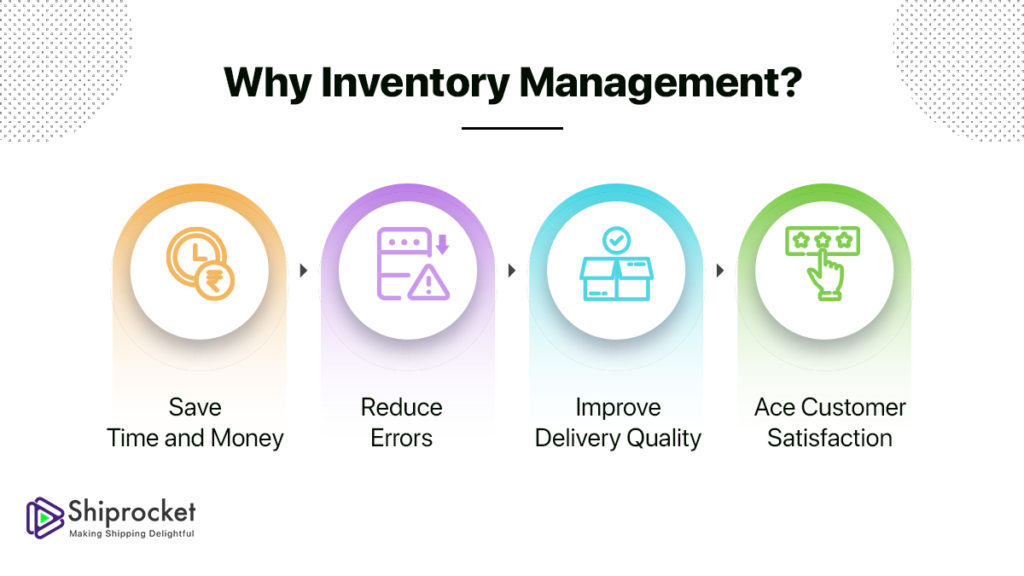Inventory Management Automation: Benefits & Challenges
The foundation of every business lies in its tangible assets. No matter what kind of business you’re running, if it is a product based, it ultimately comes down to your inventory. Regardless of the finesse of your services, your customer satisfaction heavily relies on your inventory. Unless it is the product that the customer has offered fits into their expectations, there is not much you can do as a business.
Taking a closer look, you might be developing great strategies to build your business, reach out to customers and engage them with compelling marketing strategies. But unless, you’re paying attention to the fundamental building block of your business- your inventory, nothing makes sense. This is where inventory management comes into the picture.

Most businesses who neglect inventory management suffer from not only a loss in their business, but also reduced profit margins, lost customers and diminished reputation as a competitive business. While those who develop a nuanced strategy around the process open their doors to unprecedented profits, increased customer retention and satisfaction. Such is the magic of inventory management for your business.
Even though organizations take steps towards managing their inventories and keeping a close eye on them, they still rely on more than a few manual processes for the job. Such an approach not just damages the functioning of a company but also creates a room for more than a few errors. But, thanks to technology, businesses have a huge help when it comes to managing their inventory. We are talking about automation and how it helps eCommerce businesses realize their inventory more closely and take the necessary steps to stay competitive in the market competition.
If you’re wondering what automation in inventory management is all about, you’re at the right place. Let’s take a close look at automation in inventory management more closely-
What is Automation in Inventory Management?
An essential element of the supply chain, inventory management refers to the supervision of flow of goods and materials from the warehouse to the point of sale. Statistics suggest that businesses all over the world recorded a loss of as much as $1.75 trillion due to losses in their inventory. This shows how neglecting inventory management can lead to steep costs in a business.

The role of automation comes in to make the existing process of inventory management seamless. It reduces the need for redundant tasks and contributes at several levels in a business. Through the means of an automated platform, inventory management helps wholesalers, retailers and eCommerce business owners edit, manage and monitor their inventory in real time. The main role of inventory management comes in the cost reduction of the business and making processes seamless so that key stakeholders can focus on more critical decisions for their business rather than just getting involved in minute tasks related to inventory.

5 Quick Reasons You Need Automation for Managing Inventory
Now that you know about the role of automation in inventory management, let’s take a look at the ways it makes managing your inventory hassle-free.
Automation Helps Save Time
One of the best benefits of automation comes from the fact that it helps save time. Imagine the time that goes into analyzing each piece of inventory, updating the stock levels manually on multiple systems and keep doing all this day after day for the business as usual activity. However, as cumbersome as it sounds, manual activities take up a lot of time that could have been otherwise utilized in more critical business tasks and decision making. With automation in the picture, the need for labour intensive tasks vanish. Barcode scanning can replace the need for typing product or box number of each item arriving and leaving the warehouse respectively. Similarly, scanning the products one time can be sufficient to track its entire journey until the customer’s doorstep.
Automation Ensures Accurate Inventory Level
A big problem that sellers often face is that they fail to keep their stock levels optimum in their inventory. For example, either most products will keep turning out of stock on their website or will be rotting somewhere in the warehouse due to no demand. Such situations not only bring losses to a business but also damage its reputation among the customers. When products turn out of stock on your website, customers turn to your competitors to make a purchase, Therefore, you lose a sale opportunity. Automation helps in forecasting demands accurately when combined with the power of data analytics. This means, when your products are about to turn out of stock and customer demands are predicted, you will be notified automatically to restock a particular product.

Automation Improves the Quality of Delivery
The quality of your product delivery is a crucial factor that determines the success or failure of your business. Having said this, even the tiniest mistake can have a severe impact on the quality of delivery and ultimately damage your customer satisfaction. Statistics suggest that 81% of the customers experienced the ‘out of stock’ situation for a product, which ultimately left them disappointed and hurt the profits of a business. Automation can help by prompting sellers to restock their inventory levels and provide a standard tracking. Tracking can improve the quality of delivery since it can help the customer keep a close eye on their parcel.
If you sign up for inventory management and storage with a service provider like Shiprocket Fulfillment, you can easily improve your you delivery performance and also provide same-day or next-day delivery to your customers

Automation Helps Cut Down on Business Costs
When it comes to business costs, there is nothing that performs better in reducing them than automation. Backorers, excess inventory, inventory damage and other haphazard inventory situations can raise business costs. You might have to take measures to compensate for the mistakes, and will again incur more costs. On the other hand, automation can help cut down business costs by streamlining the entire process and help you maintain the records well on time. This will help you take proactive measures and reduce unnecessary costs.
Automation Reduces the Risk for Human Error
When tasks are done by hand, there is more room for human error. Automation on the other hand, eradicates such a need and reduces the dependency of inventory management on manual processes. Statistics suggest that just by using the barcode system for tracking goods, administration errors arising on account of human tasks reduced by as much as 41%. More to this, accurate inventory management costs helps in ascertaining sales costs, operating costs and more.
Challenges in Inventory Management Automation
The following are the downsides of automation in inventory management:
Return on Investment
Some automated services come with costs. It is important to identify the ROI from the automation process before investing in it to make a sound decision.
Complexity
Sometimes, the tasks that you have to complete on daily basis tasks are complex. You can employ software for this task. Many providers offer such related services and software to ensure you conveniently manage the business operations.
Security
You must have heard many times about computer security-related problems. There are many hacking attempts indeed and digitalization opens the door for this. But, if you choose the best solution, it comes with excellent security measures.
Integration Compatibility
The platform you choose must be compatible with the existing system you use.
Outsourcing your inventory to third-party logistics companies like Shiprocket Fulfillment can help you manage inventory more efficiently while reducing costs by 40%. You can store it in technologically efficient warehouses that can help you deliver products 2x faster, reduce returns, and enhance the customer experience by many folds!
With automation in the picture, you can look at the aspects of your business that have been otherwise neglected. Alternatively, you can make your business more competitive by harnessing the potential of technology for your business. For example, by using the logistics and inventory management platform Shiprocket Fulfillment, you can grow your business by 4% and at the same time reduce the risk of your return orders. The key is to start right away!







